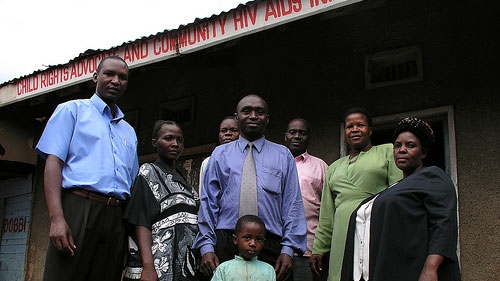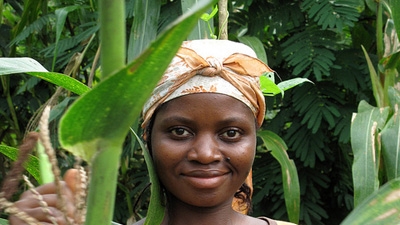In the Republic of Kazakhstan, an alternate budget resulted in a significant increase in outlays for the country’s citizens with disabilities. An estimated one billion people with disabilities across the world face barriers to inclusion in forms such as inaccessible infrastructure, inadequate services, and insufficient job opportunities. Namys (“Conscience”), an organization dedicated to representing the interests of people with disabilities and advocating on their behalf, worked with the Kazakh government to develop an unprecedented Integrated Disability Rehabilitation Policy that addressed issues from employment to building codes to social integration.
Once the policy was in place, Namys turned its attention to budgetary issues in an effort to ensure that allocations to agencies for the benefit of people with disabilities were spent properly. At one point, the organization found that Almaty’s municipal program providing new wheelchairs to 250 beneficiaries every year was procuring wheelchairs of inferior quality. More significantly, while the Almaty city budget allocated only $2 million for its disability rehabilitation program between 2002 and 2005, an advocacy campaign resulted in $27 million in support of the city’s Integrated Disability Rehabilitation Policy for 2006 to 2008, a 13-fold increase.
HIV/AIDS is another cause of exclusion the world over. People suffering with the disease must cope with stigma, loneliness, and ostracism. They can face rejection by family and friends. They may be forced out of homes, lose jobs, or even become victims of violence. Sadly, stigma is the primary obstacle in the fight against HIV/AIDS.
South Africa provides an example where budget advocacy and litigation have been used to induce the government to increase allocations for HIV/AIDS treatment. At the turn of this century, when the HIV/AIDS epidemic had grown to alarming proportions, the South African government allocated a mere $28.5 million for HIV/AIDS prevention and treatment programs. To spur the government into action, the Treatment Action Campaign (TAC) launched a Prevention of Mother-to-Child Transmission Campaign (PMTCT) and a second campaign to make antiretroviral medicines available to greater numbers of HIV/AIDS patients.
To counter the government’s argument that implementing HIV/AIDS programs was unaffordable, TAC conducted a comprehensive review of the government’s budget documents. It drew attention to a 2001 intergovernmental fiscal review that showed expenditures by provincial departments of health were $63.1 million below budget. The results of TAC’s budget analysis were introduced in the case it brought – and won – against the government in the country’s high court, compelling it to introduce a full-scale PMTCT program.
As a result of TAC’s efforts, in 2007 the South African cabinet endorsed a strategic plan dealing with HIV/AIDS and sexually transmitted diseases and committing the government to spend $6 billion on prevention and treatment over a five-year period. By 2010, over 80 percent of pregnant women and another 1.2 million South Africans were receiving antiretroviral treatment through the public health sector.
Indigenous peoples across the world have faced exclusion for centuries. Although they constitute 4.5 percent of the world’s population, they account for about 10 percent of its poor. In India’s Gujarat state, Developing Initiatives for Human and Social Interaction (DISHA), a non-governmental organization, combined budget analysis with advocacy and dissemination to ensure that successive governments provide resources and services to the most marginalized communities, in particular members of the Gujarat’s 29 Scheduled Tribes.
So reliable is DISHA’s analysis of government spending that the organization has emerged as the sole legitimate source of detailed budget information in Gujarat state, and both the media and legislators rely on it for reporting purposes. When DISHA began its work, funds designated for the benefit of the poor often went unspent. Since 1993, there has been a significant mobilization of unused funds for development purposes.
The ultimate goal of the budget transparency initiatives taken in the Republic of Kazakhstan, South Africa, and India was greater inclusion. Transparent budget processes that advance the goal of shared prosperity are proof that inclusion is, as the World Bank’s report on the subject makes clear, an achievable goal, and that progress toward it can be made, even if incrementally.


